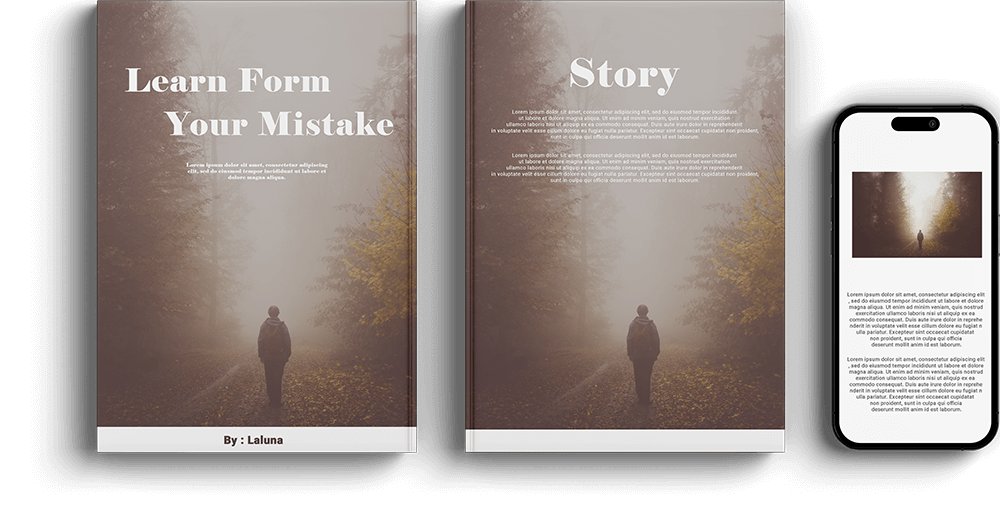About Us
Truth of a Good Story
Everyone has a story to tell, whether it be one of their own or a story from someone else in their life; I’ve spent my entire life surrounded by such people who tell such stories. Stories that sound too farfetched to be true and at the same time too ridiculous to be made up. I’ve heard in this circle stories of soldiers who have killed tanks with trees and knights who have mooned royalty. I’ve heard of otherwise ordinary people who were so well loved that when they died, hundreds of people turned up at the funeral to the point where news vans were there to find out what celebrity had died.
Yes, the art of storytelling can be very entertaining…but at the same time it can be like a game of telephone; unless it’s written down, no two stories are told the same. Details get mixed up; details get forgotten; details get added onto until the story being told is only a little like the original. I once asked a great storyteller I know about getting such details right when they always change from person to person, and his response to me was to smile and say something that has since stuck with me and has been at the forefront of my mind every time I pick up a pencil to write.
Never let the truth get in the way of a good story.
Just as an artist paints that they see, a writer writes what they hear; and sometimes what we hear isn’t the entire true story. Although this fact has slowed me down from time to time, I’ve learned very quickly to never let that stop me from writing. Because there is the truth, and then there’s the truth that is entertaining and fun, and only one of those two stories are remembered.
And if the story that is remembered talks about the army that was stranded on its own bridge by an opposing army, so be it.
Attention to detail in a story, especially a truthful detail, is all well and good, but an interesting story it does not always make; such aspects are more guidelines than anything. The idea is not necessarily to put the attention on the details of the story, but to make the details of the story catch the attention of the audience. To give the audience a story that could tickle their funny bone or pull at their heartstrings. To write a story that could leave their blood boiling or their jaws on the floor.
Or even a story that could have them scratching their heads like that of the king who declared war on himself and lost.
There are those who say that the truth is stranger than fiction, but I think it’s safe to say that sometimes the truth can have a little help. The important thing is to write what makes the story stand out; this will make people want to read it more, and by putting it in your own words, it makes the story unique to you. Are there details missing; put in your own. Is there a detail you don’t like; make it interesting. Are there details that are too confusing to understand; fix them to make sense. Stories will always be altered; it is our job as writers to decide how they are altered.
So, whether it’s about a lost kitten that was found covered in axle grease or an invasion that was stalled by a toll keeper,
Never let the truth get in the way of a good story.
Just as an artist paints that they see, a writer writes what they hear; and sometimes what we hear isn’t the entire true story.
Luna Camilla
Author Sparrows Quill




It Is All About the Best Manuscripts

Contact Us Now
Our Medals



Our Satisfied Readers
Sparrow’s Quill storytelling is absolutely captivating. His unique characters and unexpected plot twists kept me hooked from start to finish. Every story has a depth and emotion that draws you in, making it impossible to put the book down.



